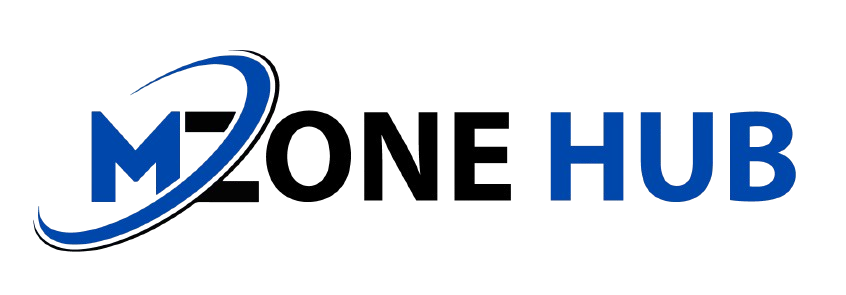In today’s fast-paced world, staying focused on tasks is more challenging than ever. With constant distractions from various sources, maintaining productivity requires innovative solutions. One such solution that has gained significant attention is hands-free technology. From voice-activated assistants to wearable devices, hands-free technology offers a myriad of benefits that can help individuals concentrate better and accomplish their tasks more efficiently. In this blog, we will explore how hands-free technology can enhance focus and productivity, ultimately leading to improved task management.
1. Minimizing Distractions
One of the primary ways hands-free technology helps you focus is by minimizing distractions. Traditional methods of interacting with technology, such as typing on a keyboard or using a touchscreen, often require visual and manual attention. This can lead to frequent interruptions in the flow of work, especially when switching between different devices or tasks.
Hands-free technology, such as voice-activated assistants like Amazon’s Alexa or Google Assistant, allows you to perform tasks without having to divert your attention. For instance, you can set reminders, send messages, or search for information online without taking your eyes off your primary task. This reduction in multitasking helps you stay on track and avoid the cognitive load associated with constantly shifting focus.
2. Enhancing Efficiency with Voice Commands
Voice commands are a powerful feature of hands-free technology that can significantly enhance your efficiency. Whether you’re at work, home, or on the go, voice commands allow you to control devices and applications without using your hands. This can be particularly beneficial in situations where you need to perform multiple tasks simultaneously.
For example, if you’re cooking in the kitchen, you can use voice commands to set timers, play music, or even check the weather without touching your phone or tablet. This not only saves time but also keeps you engaged with your primary task. By delegating simple tasks to a voice assistant, you can free up mental space to focus on more complex activities.

3. Streamlining Workflow in Professional Settings
In professional settings, hands-free technology can streamline workflow and improve productivity. Imagine being able to dictate emails, take notes, or schedule meetings without having to pause your work. Hands-free devices, such as Bluetooth headsets and smartwatches, allow you to stay connected and manage your tasks more efficiently.
For professionals who are constantly on the move, such as salespeople or healthcare workers, hands-free technology is a game-changer. It enables them to access information, communicate with colleagues, and complete tasks without being tied to a desk. This level of mobility enhances productivity and ensures that important tasks are not delayed due to the limitations of traditional technology.
4. Reducing Physical Strain and Fatigue
Another significant advantage of hands-free technology is the reduction of physical strain and fatigue. Constantly using keyboards, mice, or touchscreens can lead to repetitive strain injuries and fatigue, which can negatively impact productivity. Hands-free devices, such as voice recognition software or wearable technology, allow you to interact with your devices in a more natural and ergonomic way.
For instance, using a voice assistant to compose emails or search for information reduces the need for typing, which can alleviate strain on your hands and wrists. Similarly, wearable devices like smart glasses can display information directly in your field of vision, eliminating the need to constantly look down at a screen. This ergonomic advantage contributes to a more comfortable and productive work environment.
5. Improving Task Management with Automation
Automation is a key feature of hands-free technology that can significantly improve task management. By automating routine tasks, you can focus on more important activities that require your full attention. For example, smart home devices can automate tasks such as adjusting the thermostat, turning off lights, or locking doors, allowing you to focus on your work without worrying about these minor details.

In a professional setting, automation can help streamline workflows by scheduling meetings, sending reminders, or even managing customer interactions. By reducing the need for manual input, hands-free technology allows you to manage your tasks more efficiently and with fewer distractions.
6. Enhancing Focus with Customized Alerts and Notifications
Hands-free technology also offers the ability to customize alerts and notifications, helping you stay focused on what matters most. Instead of being bombarded with notifications from various apps and devices, you can set up personalized alerts that only notify you of important events. For example, you can configure your smart device to notify you only when you receive an urgent email or when it’s time for a scheduled meeting.
This level of customization ensures that you are not constantly interrupted by non-essential notifications, allowing you to maintain focus on your tasks. Additionally, some hands-free devices offer features such as “Do Not Disturb” modes, which can temporarily silence all notifications during critical work periods.
7. Boosting Creativity and Problem-Solving Skills
Hands-free technology can also boost creativity and problem-solving skills by allowing you to focus more deeply on your tasks. When you’re not constantly distracted by manual tasks, you have more mental space to think creatively and approach problems from different angles. For example, using a voice assistant to take notes or brainstorm ideas allows you to capture your thoughts quickly without interrupting your creative flow.
Moreover, hands-free technology can facilitate collaboration by enabling seamless communication with team members. Whether you’re working on a group project or brainstorming ideas, hands-free devices allow you to share information and ideas without the need for manual input, fostering a more collaborative and innovative environment.













